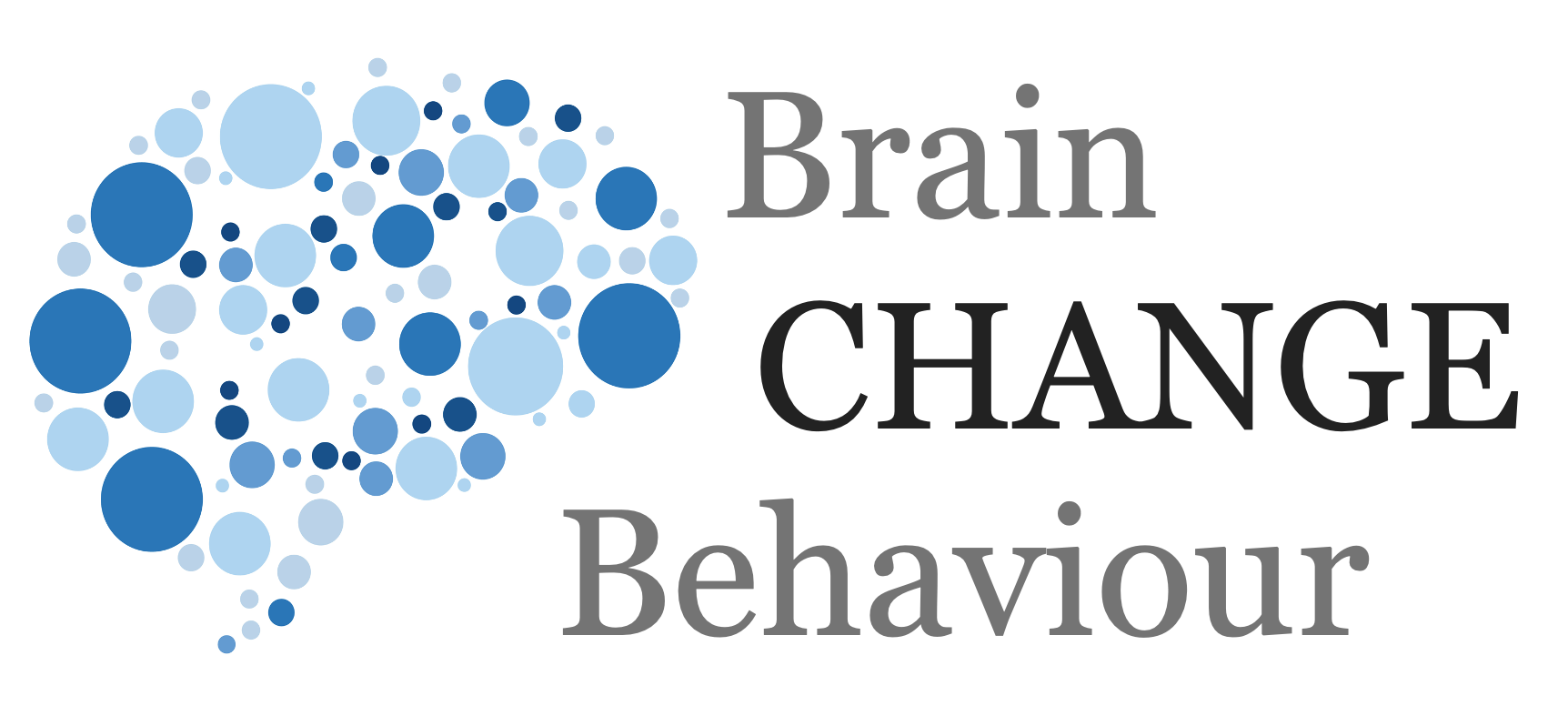Quick Hits
Brief research updates from the cognitive sciences

So what do you mean by “nudges”?
Richard Thaler is considered is one of the founding fathers of nudge theory in the behavioural sciences proposing nudges as the best method to modify people’s behaviour. Made popular by his book Nudge in 2008.
Nudges are environmental cues that help to modify people’s behaviour without limiting choice. For example if a healthy choice is listed as the number one meal in a canteen, more people choose the healthy option.
And this does work?
Well, there has been lots of evidence to prove that various nudges do work but as always in science, scientists want to be really sure and make sure this is not just a statistical glitch or biased research. So a group of researchers around Stephanie Mertens at Geneva University analysed a whopping 450 strategies to see what the overall effect was across all these studies.
And the results?
As the title of this Quick Hit suggests nudging is effective but it seems more effective in certain areas — most effective when it comes to healthy eating. The effect was also seen in many other areas but wasn’t as strong and depends on the strategy (e.g. information, changing choice, or changing environment).
Why do these work?
One thing they talk about is “choice architecture” — because nudging does not limit choice, we do not feel coerced which in turn can create a negative impact and backfire.
Nudges also tap into our natural biases and instincts, but in the case of nudges to the benefit of the recipient and society at large through, for example, better health, better quality of life, and lower healthcare costs.
So, use nudging to change people’s behaviour…
Yup, but remember some areas and strategies are better than others!
And will this work with my children?
Yes, of course…
© leading brains 2022
Reference
Stephanie Mertens, Mario Herberz, Ulf J. J. Hahnel, Tobias Brosch.
The effectiveness of nudging: A meta-analysis of choice architecture interventions across behavioral domains.
Proceedings of the National Academy of Sciences, 2022; 119 (1): e2107346118
DOI: 10.1073/pnas.2107346118
More Blog Posts
Theory of Planned Behaviour
he theory of planned behaviour is a psychological theory proposed by Icek Ajzen that links beliefs to behaviour. This builds on the theory of reasoned action
Don’t Try to Change Minds – Change Behaviour
Don’t try to change minds but simply change behaviour is the result a group of researchers have come to with regard to vaccinations.
Introduction to SCOAP
SCOAP is a complete model of human motivation, behaviour, and wellbeing, summarising over a century of research into the human brain, human psychology, and human behaviour in all contexts.
SCOAP Needs
These are basic human needs which means fulfilling them is essential for human wellbeing and therefore also that having them unfulfilled or violated lowers human wellbeing. These also direct human motivation and subsequently human behaviours.
SCOAP Motivation
Much has been written about motivation and there are many (false) assumptions to motivation also. So let’s start with a simple definition of motivation.
SCOAP Behaviour
Behaviour is about doing things, actions. That is obvious, but there are many grey zones to behaviour. For example do we class breathing as behaviour, or heartbeat, or sweating?
SCOAP Change
As you will have seen with SCOAP, this gives a comprehensive model of human needs, motivation, and behaviour. We can therefore use this to guide behavioural change interventions.
The Undermining Effect
Rewards sound like a good way to instigate behaviour you want. In our world we often think of financial rewards. Good idea, right?
Well, no, rewards can actually lower motivation.
Making Change Stick
The sustainability question, or problem, is ultimately the biggest and most important question or issue.









